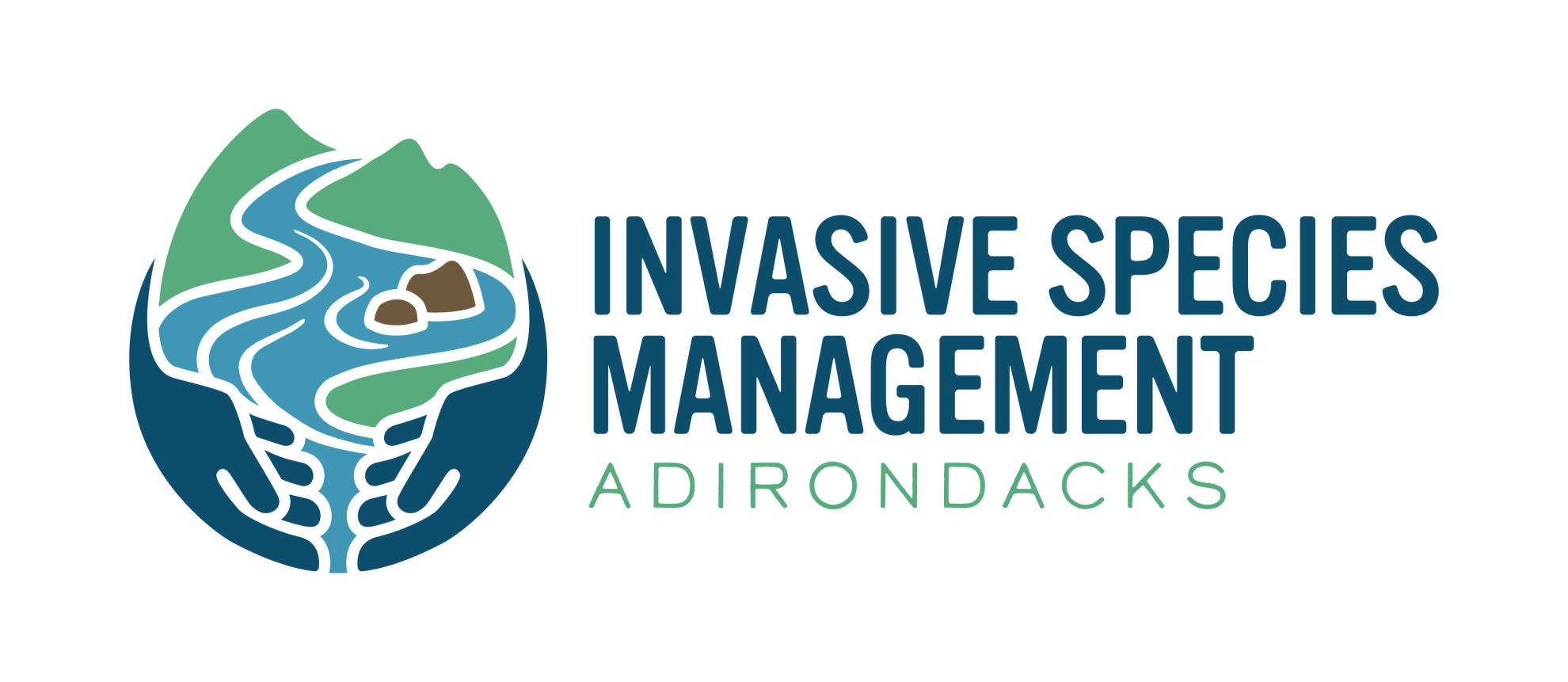APIPP News: Free BLD Webinar August 7
(1).jpg)
APIPP News: Free BLD Webinar August 7
Dear Partners,
Happy August. August is a great time to enjoy the Adirondacks. APIPP also has several upcoming August events where you can learn more about invasive species and how you can help protect our Adirondack lands and waters. Read more below about beech leaf disease and come to our webinar on August 7 or stop by and see APIPP staff in Speculator on Friday, August 2 or in Old Forge on Saturday, August 3.
Click on the links below to find out more about any of our upcoming events.
- August 7 – Beech Leaf Disease webinar (BLD Forest Pest Hunters Kick-Off)
- August 16 – Lake Protector Training in Newcomb
- August 2 – You can stop by the APIPP table and say hello to our staff at the Hamilton County Soil and Water Conservation District Waterfest in Speculator from 10:00am–2:00pm. Waterfest is the kick-off for the Paul Smith’s College Adirondack Watershed Institute’s Adirondack Water Week.
- August 3 – APIPP will also have a table in Old Forge at The View’s EcoArts Festival. If you’re there, stop by and say “hi.”
Beech Leaf Disease Webinar and Forest Pest Hunter Kick-Off: August 7, 10:00am
Beech leaf disease (BLD) was first detected in Ohio in 2012 and has spread rapidly across the Northeast. It was first found in the Adirondacks in 2021. To learn more about this disease, join APIPP and Mina Vescera, Cornell Cooperative Extension of Suffolk County, for a presentation on the biology of BLD, symptoms, and the important ecologic role of American beech in our forests. Mina will also discuss pesticide efficacy trials and upcoming trials regarding forest management. Pesticide credits are available. Register here for the webinar on August 7 from 10;00am-11:30pm.
APIPP Director Tammara Van Ryn recently explained the importance of beech trees, “Beech trees are a foundation species in our Adirondack forests, which means they play a significant role in creating and maintaining habitats that support other species.” Beech trees are the third most common species in the Adirondacks and account for just over 12.5% of forest volume. Hemlock and ash, which are also under attack from invasive species, account for another 12.5%.
Van Ryn described how important these species are to Adirondack ecosystems. “Imagine that the hemlock trees in our forests serve as the ‘buildings’ that keep species cool in the summer and warm in the winter, and beech trees are the ‘grocery store,’” Van Ryn said. “Beech trees provide food for dozens of species, from bees to bears.” Beech nuts have about twice as much protein and calories per edible portion as acorns do. That is why they are such an important food source for bears, turkeys, deer, squirrels, and chipmunks.
After Vescera’s talk about BLD, APIPP Terrestrial Invasive Species Manager Ari Giller-Leinwohl will give an overview of how participants can put their BLD knowledge to work by becoming a volunteer Forest Pest Hunter. APIPP’s Forest Pest Hunters adopt a trail to monitor for BLD in the summer and fall, and hemlock woolly adelgid in the winter, and report the results using the iMapInvasives app. Ari will cover basic survey techniques, how to sign up for a trail to survey, and how to use iMapInvasives, New York state's invasive species database, to report the presence of BLD.
This webinar offers 1.25 pesticide credits in categories 2, 3a, 9, 10, and 25. If you are attending this webinar for credits, live participation and passing a quiz are both required. A link to the quiz will be provided at the conclusion of the webinar and the quiz must be completed within 48 hours of the webinar's conclusion.
Aquatic Invasive Species Identification and Lake Protector In-Person Training: August 16
The 23rd Lake Protectors volunteer season kicked off in late June with a training webinar you can watch here. There is one more field training scheduled for August 16 if you missed the Zoom training or want to practice out on the water. Even if you have attended a training before, it is good to get a refresher. The training is free. Click here to register.
- Aug. 16: 9:00am at the Adirondack Information Center in Newcomb
Click here to learn more about our Lake Protectors program and to sign up for a lake to survey this summer. Help us continue to break records! In 2022 we hit a then-record-high of 182 surveys submitted. Last year we sneaked past that record with 184 surveys. Help us get to 185 this summer.
A Lake Protector recently asked a question about the native mare’s tail. Here is APIPP’s AIS Manager Brian Greene’s response.
Species Highlight: Mare’s Tail
This summer I have had a couple of discussions about a native look-alike species called mare’s tail (Hippuris vulgaris). It is a submerged plant that has a spike that goes above the water. It has whorled leaves so sometimes people confuse it with invasive milfoils or hydrilla. If you look at the whorls closely you will notice that the leaves are smooth on the edge (hydrilla is serrated) and not divided (milfoils are divided like a feather). In the Adirondacks this plant is at the southern end of its range on the east coast, so it’s more common in our northern lakes. It prefers slow moving waters with muddy or peaty bottoms and has a beautiful spike with small flowers. Be on the lookout for it on your next trip on the water!
Recording Available: Managing Roadside Invasive Species Webinar
Thanks to the more than 80 people who Zoomed in for our roadside invasives webinar yesterday. You can find links to all of our recorded webinars here.
Regards,
Tammara

